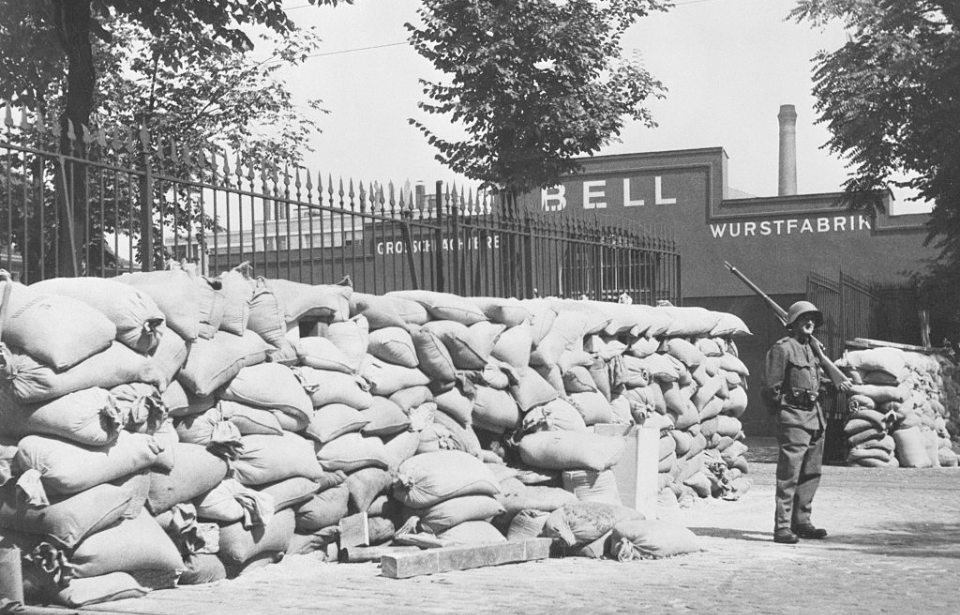During the Second World War, Switzerland maintained its neutrality. In 1939, as the conflict unfolded, the country diligently made preparations for a potential invasion, facing the German plan known as Operation Tannenbaum. Despite taking these precautions, a lingering question remains: What led to the decision to abstain from the invasion?
History of Swiss neutrality
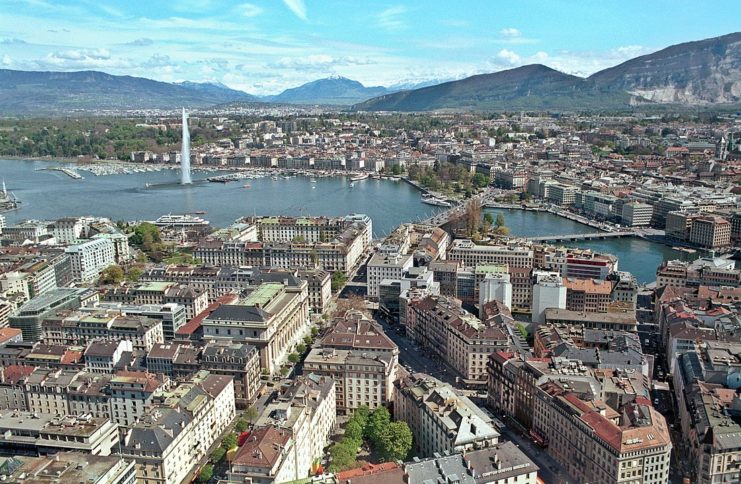
Switzerland’s decision to maintain neutrality during World War II wasn’t a novel stance. The origins of the country’s commitment to neutrality can be traced back to the 16th century and the Battle of Marignano. Following the Swiss Army’s defeat to the French in September 1515, a strategic choice was made to steer clear of future conflicts, emphasizing self-preservation.
Despite this historical commitment to neutrality, Switzerland faced challenges to its stance over the centuries, primarily due to the actions of other nations.
Formally declaring neutrality during the Congress of Vienna in 1815, Switzerland adhered to this principle during World War I by abstaining from direct military involvement. However, the nation did provide refuge to refugees and mobilized its forces. Internal tensions among the French-, Italian-, and German-speaking populations also surfaced.
Post-WWI, the League of Nations, formed by the victors, acknowledged and respected Switzerland’s neutrality, establishing its headquarters in Geneva.
A promise from Germany, to Switzerland
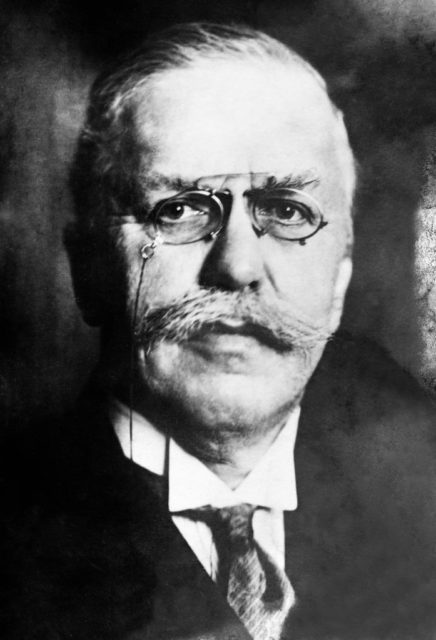
During his rapid ascension to power, the Führer promised Switzerland that he would respect the country’s neutrality. In February 1937, he even told Swiss Federal Councilor Edmund Schulthess that Germany would not invade the European nation. Of course, the Führer wasn’t someone whose word could be taken at face value. During the conflict, Germany rapidly occupied a number of nearby countries, including Denmark, Luxembourg, the Netherlands, Poland, Norway and Belgium.
Knowing Germany’s reputation, Switzerland did take the time to mobilize its Armed Forces, which, at its peak, was made up of 850,000 soldiers. This relatively large force was placed under the command of Henri Guisan, a life-long soldier and one of the most experienced men in the Swiss Armed Forces.
Guisan helped put in place the National Redoubt defensive plan, which would have seen the deployment of three mountain brigades and eight infantry divisions, who trained for a potential invasion by mimicking the battles occurring in Europe at the time. If an invasion occurred, the Swiss government would retreat to the Alps, with the aim being to preserve some of country’s territory and political power.
The planning of Operation Tannenbaum
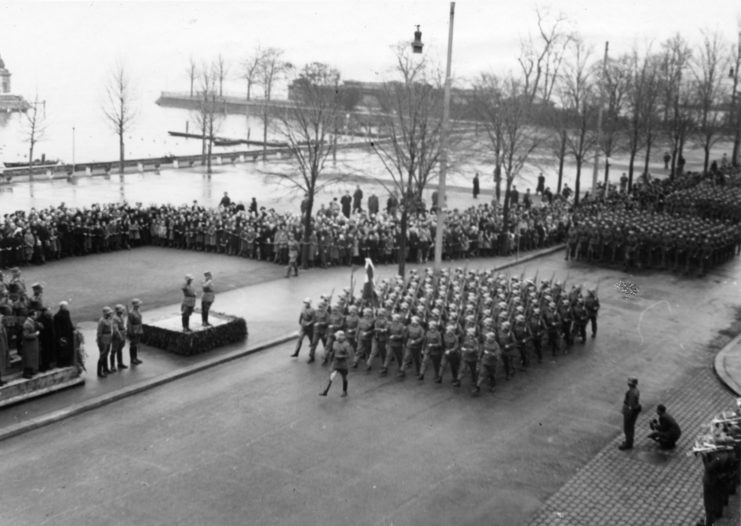
Despite the Führer making assurances to Switzerland, Switzerland steadfastly adhered to its commitment to complete neutrality. This defiance angered the German government, leading to plans for a potential invasion.
The Führer, with disdain, conveyed to Italian Prime Minister Benito Mussolini, “Switzerland possesses the most disgusting and miserable people and political system. The Swiss are the mortal enemies of the new Germany.”
The plan was given the codename Operation Tannenbaum. Under it, a portion of the Wehrmacht, stationed in Central France with two million soldiers, was to move toward Switzerland. Italian involvement was also part of the strategy. While the German forces aimed at seizing control of Geneva and Lucerne, the Italian Army would invade the Alps, with both countries dividing Switzerland between them.
Given the substantial military strength involved, Italy and Germany could easily occupy Switzerland. However, for reasons that remain unclear, Operation Tannenbaum was never implemented.
Why didn’t the Germans move forward with Operation Tannenbaum?
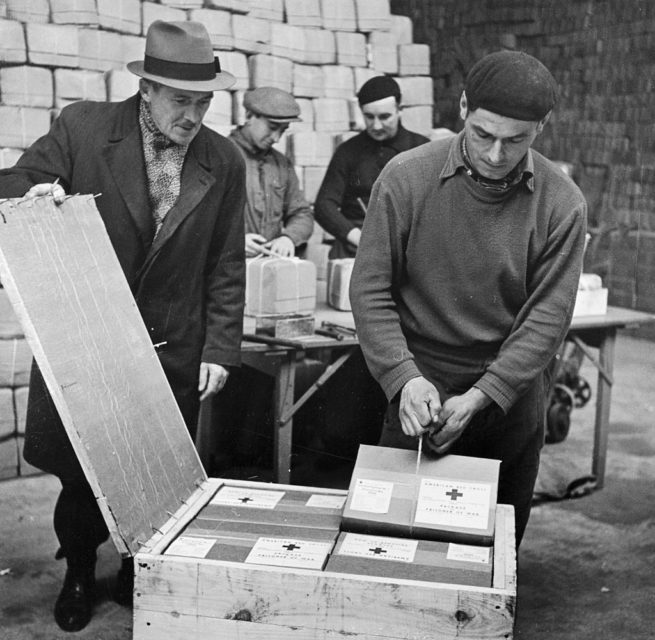
Germany ultimately faced defeat in the Second World War. With the nation’s leader deceased, the opportunity to inquire about the reasons behind shelving Operation Tannenbaum was forever lost. Consequently, historians have had to rely on theories to shed light on this decision.
The first posits that Switzerland, despite its smaller military force, was determined to put up a tough resistance. Moreover, the government had significantly increased its investment in weaponry, equipping itself with one of the most advanced arsenals of the era. Switzerland’s geography, characterized by landlocked boundaries and devoid of waterways for naval access, along with its rugged, mountainous terrain, which favored skiing but hindered military movement, further undermined the value of occupation.
The second theory suggests that Germany derived certain advantages from Switzerland’s neutral stance. It allowed the former to use the latter for activities like laundering stolen gold. Additionally, Swiss authorities provided a safe haven for German officials in case the war took a turn for the worse.
Switzerland remains neutral to this day
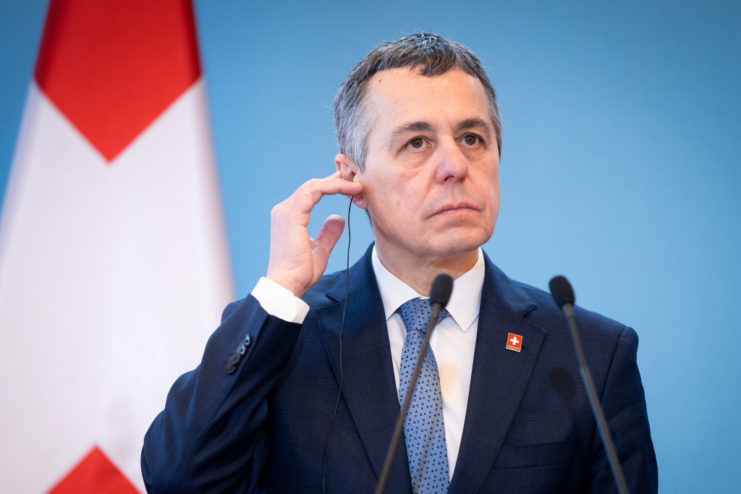
Against all odds, Switzerland was able to remain neutral for the entirety of the Second World War. Since then, the country has largely kept out of other major conflicts, with the one exception being the War in Afghanistan. This was the first time the Swiss had taken part in a battle since 1815. During the War in Iraq, officials gave the American forces permission to use Swiss airspace to conduct surveillance missions.
More from us: Project Fantasia: When America Planned to Use Glow-In-the-Dark Foxes Against Japan
President Ignazio Cassis explained Switzerland’s stance in 2022, saying the country’s principles include “no participation in wars; international cooperation but no membership in any military alliance; no provision of troops or weapons to warring parties and no granting of transition rights.”
